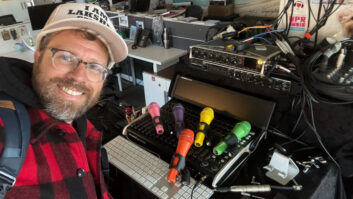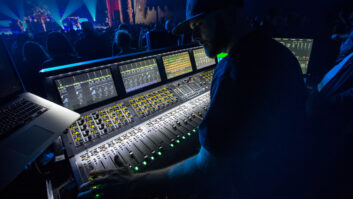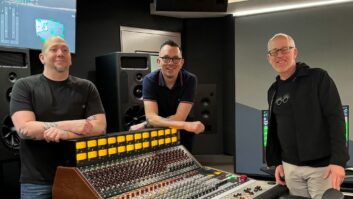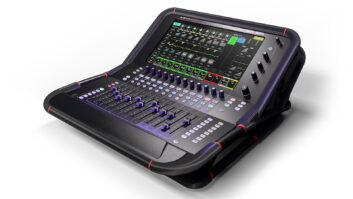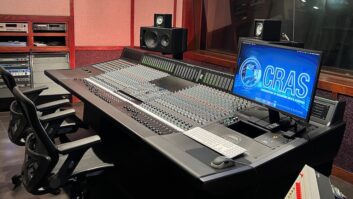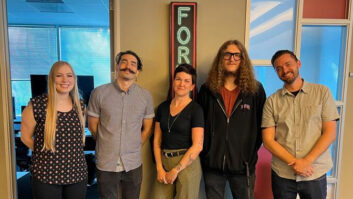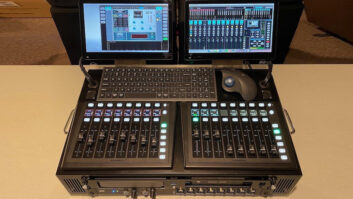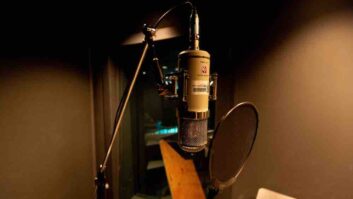San Francisco, CA (October 29, 2015) —The San Francisco Conservatory of Music just launched its new Technology and Applied Composition (TAC) program, covering concert music, sound design, and film & game scoring. For this new program, a 32-channel Rupert Neve Designs 5088 has been installed in its main recording studio.

Taurin Barrera, the program’s Studio Director, noted, “The 5088 is first and foremost a teaching tool, that allows students to get hands-on experience and literally feel the sounds they are working with. We teach recording, production, and mixing on the 5088. We also use the board in large productions at the school, anything from tracking a string quartet to recording stems to be used in a video game. We have a mobile MADI rack that we can move to any of the outstanding halls at the Conservatory, and send audio to the board, essentially turning the entire building into a modular recording studio.”
TAC’s Director of Recording Services, Jason O’Connell, remarked, “Since SFCM is an educational institution and a number of the students entering our program have little or no prior experience working on traditional mixing consoles, we wanted to provide opportunities for them to learn signal flow and routing in an analog environment before moving onto more involved digital systems and control surfaces. Furthermore, the ability to customize our console with the specific components we wanted was a real plus.
“Currently at SFCM, we produce a lot of music in the classical genre. Classical music is known for wide dynamic ranges, and the high voltage rails on the 5088 console provide us with a lot of headroom to accommodate the extreme volumes in orchestral performances. At the other end of the spectrum, the Class A circuit design allows for excellent sound quality even in the quietest movements. Even though the board is extremely transparent, the ability to add harmonic distortion via the ‘Silk’ button provides us with an opportunity to add color and character to our recordings. Last but not least, having a bank of SwiftMix faders on our console allows us to mix in a hybrid scenario. The ability to mix both ‘in’ and ‘out’ of the box provides greater flexibility when working on larger sessions. Our console setup gives us the best of both worlds!”
Rupert Neve Designs
http://rupertneve.com
